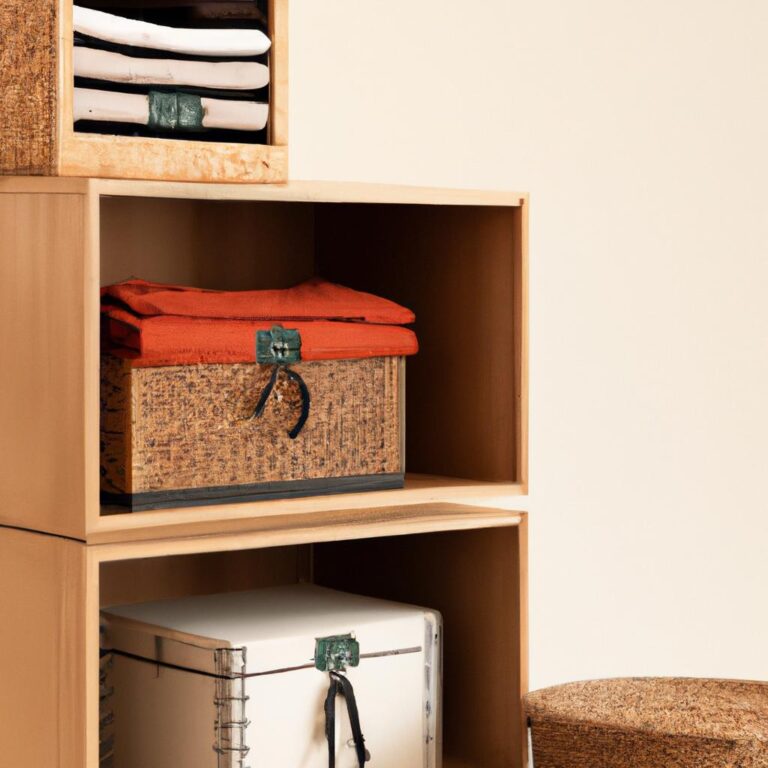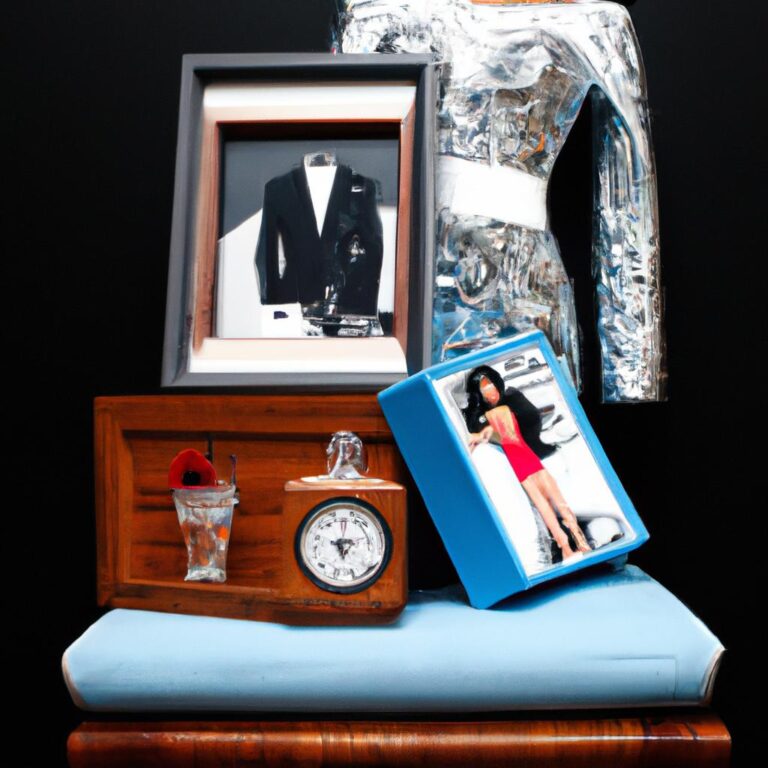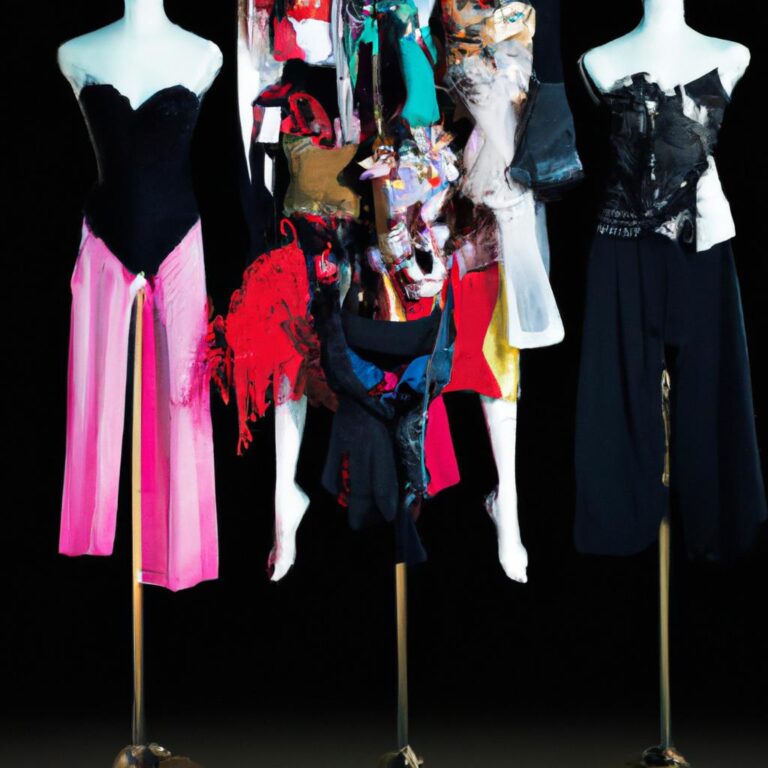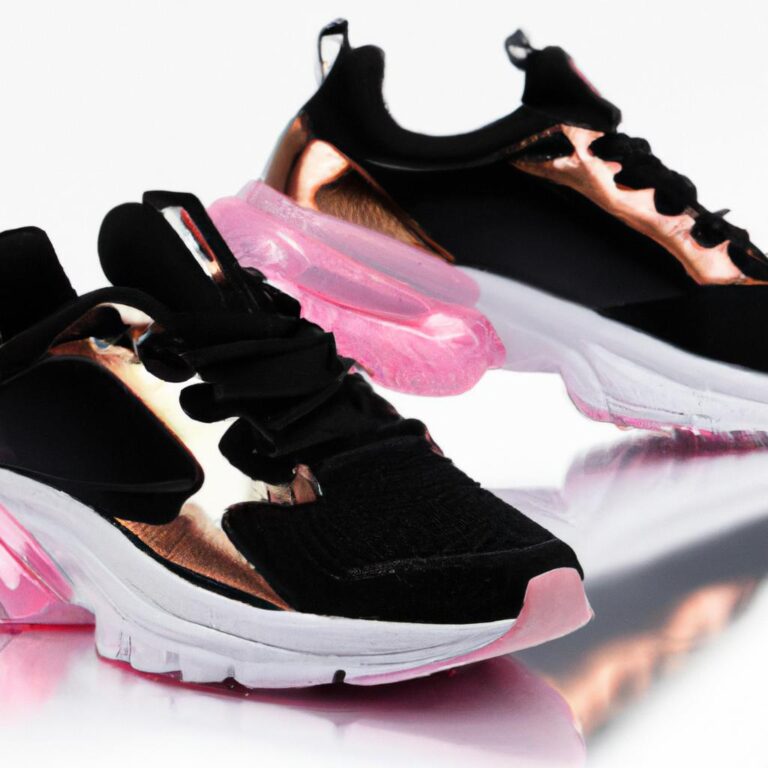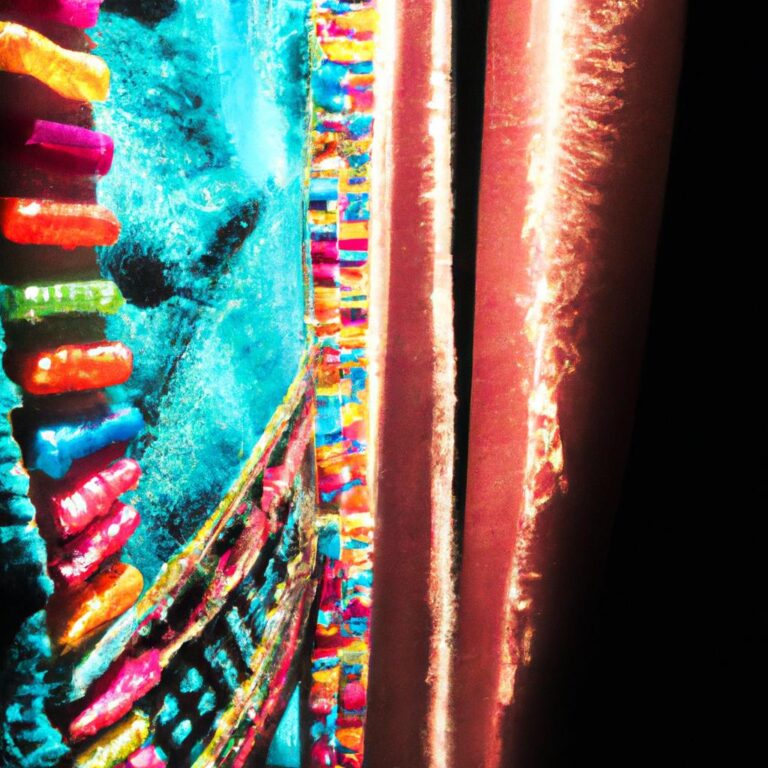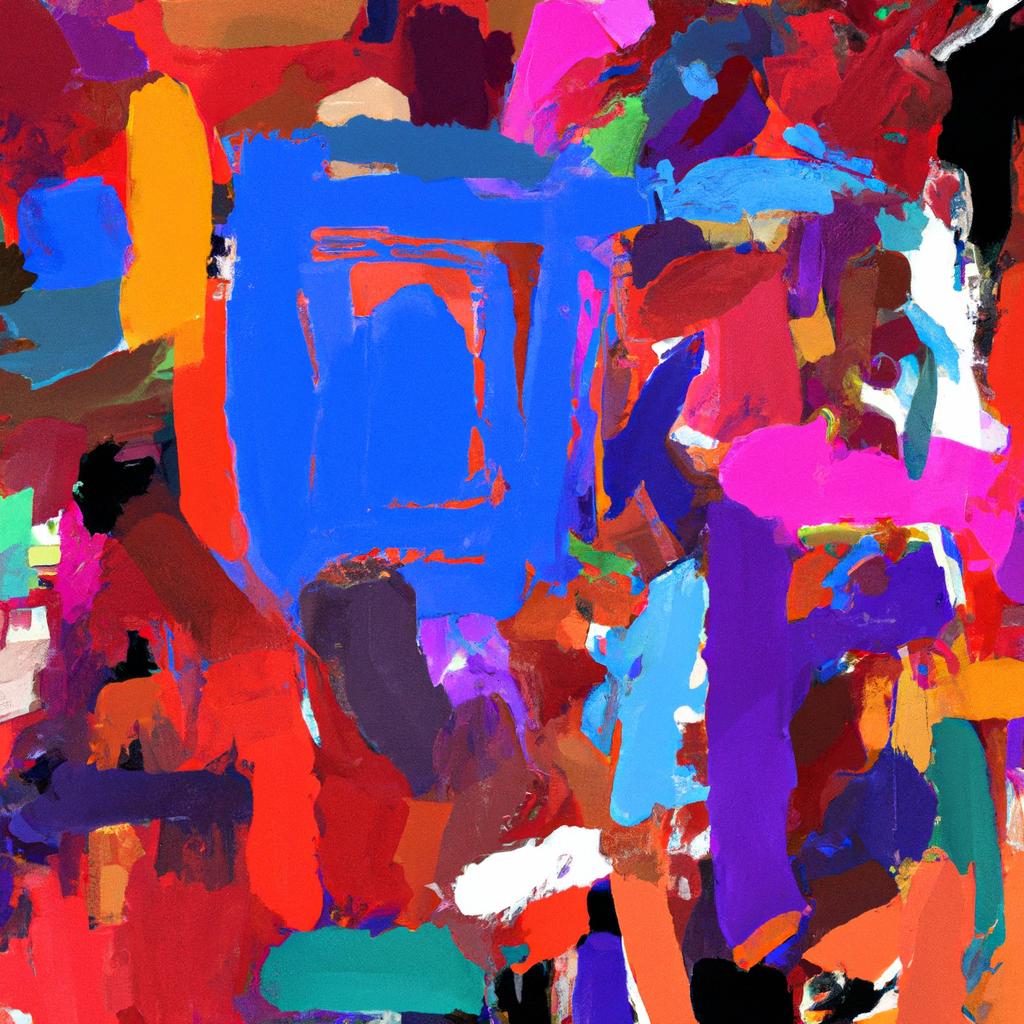
Why Color Matters
From clothing to home décor, color plays an integral role in our everyday lives. It adds beauty and vibrancy to our surroundings and can even influence our moods and behavior. But what is it about color that captivates us so much?
The power of color can be attributed to its ability to create visual contrast and attract attention. When used correctly, it can help define a mood and bring personality to a space. Colors can also act as a form of communication, conveying messages to those around us without having to say a word.
For example, the color blue is often associated with feelings of calm, while red is often linked to excitement. These colors are used deliberately in marketing and advertising to evoke certain reactions from consumers.
Colors can also be used to enhance functionality. For instance, red text on a white background is typically easier to read than other color combinations. This is because the contrast between the two colors helps draw our eyes to the text and makes it easier to focus on.
In short, color is an invaluable tool for expressing ourselves and bringing life to our environment. Understanding the basics of color theory can help us make better design decisions and take advantage of the power of color.
Primary Colors
When it comes to color, the starting point is primary colors. Primary colors are the three main colors from which all other colors are formed. Red, blue, and yellow are the most important hues on the spectrum, as they are the basis for any color combination. You can create different colors by mixing two or more of the primary colors.
You might start by mixing red and blue to create a vibrant purple. Or, keep adding yellow to the mix until you get a deep green. There are countless combinations that can be created using these three primary colors, giving you a wide range of options to express your creativity.
It’s important to note that primary colors cannot be created from other colors. They are the foundation of color theory and cannot be further broken down into simpler components. For this reason, they are considered as the foundation of art and design.
Secondary Colors
In addition to the three primary hues – red, blue, and yellow – there are six secondary colors that are created when two of the primary colors are mixed. The six secondary colors are orange, violet, green, purple, indigo, and brown.
Orange is created by mixing red and yellow, while violet is made from blue and red. When blue and yellow are combined they form green, while purple is the result of a mix of blue and red. By combining blue and yellow you can create indigo, and brown can be made by adding both red and yellow together.
These color combinations can be seen in nature all around us. For example, a sunset may display orange, red, and yellow; a blue sky might feature hints of purple. By taking notice of these different combinations in your environment, you can better understand how colors interact with each other.
Tertiary Colors
As we move beyond primary and secondary colors, tertiary hues bring a more complex combination of colors. These colors are usually created by combining one of the primary hues with one of the secondary shades. Tertiary colors can create depth and texture and bring an exciting twist to any color scheme. Examples of these colors include cadmium red-orange, scarlet, maize, olive, peach, periwinkle, teal and many others.
Tertiary colors are a great way to make your colorspace more complex and interesting. You can use tertiary colors to add subtle and unique details to your wardrobe and décor. Whether you choose to wear a bold tangerine dress or decorate your living room with a muted olive wall color, you can be sure that it will add just the right amount of flair and personality.
These tertiary hues can also be used to soften a space or draw attention to certain elements. A room decorated with bold blues and greens can be softened with a warm peach hue, while a splash of yellow-green will draw the eye towards accessories and artwork.
Ultimately, incorporating tertiary colors into your home or wardrobe can add a sense of depth and complexity to the overall look. With the right choices, you can create a truly unique and beautiful space that stands out among the rest.
Color Psychology
Color plays an important role in our lives, affecting our psychological states and influencing our behavior. It is a tool we can use to evoke certain emotions and stir up memories of experiences and events.
The different colors of the spectrum each possess their own unique properties. Red has been found to stimulate excitement and activity, while blue is more associated with calmness and serenity. Yellow is thought to inspire creative thinking, and green is believed to promote balance and harmony. Studies have linked certain colors to health benefits, such as increased productivity and improved mood.
These effects are often seen in marketing campaigns, as brands use color to positively engage audiences and promote ideas and products. Color can also be used to create a sense of unity by linking different elements together. Through careful selection and optimization of hues, it’s possible to foster a feeling of trust and credibility for the viewer.
You’ll find that color psychology is a complex and ongoing field of study. But still, it’s not difficult to recognize the potential power of this phenomenon and how it can influence our daily lives.
The Color Wheel
The color wheel is one of the most fundamental tools in experiencing and understanding the full range of colors. It is a visual aid that shows the relationship between colors and how they can be used together to create various combinations and designs. Essentially, the wheel is made up of 12 hues which include the three primary colors (red, blue, and yellow) and their corresponding secondary and tertiary colors. It also displays the natural complementary relationships found between the primary, secondary, and tertiary colors.
The wheel is an incredibly versatile tool that can help you identify complimentary and contrasting colors to use in your designs. For example, if you wanted to create a balanced design with warm and cool tones, you could use the wheel to determine which colors within each range work best together. It is also helpful in creating harmonizing color schemes that are pleasing to the eye. The wheel allows you to play with various combinations to find those that best suit your creative vision.
The color wheel can be used in various areas of design including fashion, interior design, graphic design, and even photography. It is a powerful tool that helps bring out the beauty in any creative project. So, whether you’re looking to spruce up your wardrobe or create a stunning work of art, the color wheel can be the perfect companion in searching for the right hues.
Choosing Hues That Suit You
When it comes to finding the right colors for you, there are a few things to consider. Your skin tone, hair color, and natural eye color all come into play when it comes to understanding what colors will look best on you. Here are some tips to help you choose hues that suit you.
Skin Tone
Your skin tone is one of the most important factors to consider when deciding which colors to wear. Generally, those with fair skin should opt for light or muted colors such as ivory, pale pink, and beige, while those with darker skin tones can go for bolder, brighter colors like turquoise, emerald green, and deep purples. If you’re in between these two extremes, try out a mix of lighter and darker colors to find what works best for you.
Hair Color
Your hair color is another factor that should influence your choice of colors. For those with blonde hair, soft pastels and light pinks can be flattering. For those with brown hair, jewel tones like navy, emerald, and purple can add a bit of depth to your look. Those with red hair should opt for more neutral colors such as grey, khaki, and navy blue.
Eye Color
Your eye color can also be considered when selecting the right colors to wear. For those with brown eyes, warm, earthy tones such as olive, tan, and burgundy can be very flattering. For those with blue eyes, shades of blue such as teal, navy, and royal blue can bring out the color of their eyes. If you have green eyes, try wearing greens, blues, and greys to accentuate them.
Personality
Finally, you should also take into account your own personal style and preferences when picking out colors. Do you prefer subtle neutrals or vibrant brights? Pick colors that you feel comfortable in, and that reflect your individual personality.
Conclusion
Color plays an important role in our lives, so it is important to choose colors that suit us. By understanding the basics of color theory – the primary, secondary, and tertiary colors – we can have a better understanding of the range of hues available. Color psychology also plays an integral part, as the colors we choose can evoke different emotions and influence our behavior. Using the color wheel can be an effective way to identify which colors may go together and create harmonious combinations. Finally, it is important to consider our individual skin tone and personalities when choosing colors that work best for us.
By taking the time to understand the power of color, we can dress smartly and confidently. With the right knowledge and understanding of the fundamentals of color, anyone can express themselves through their chosen shades.
comments: 0

